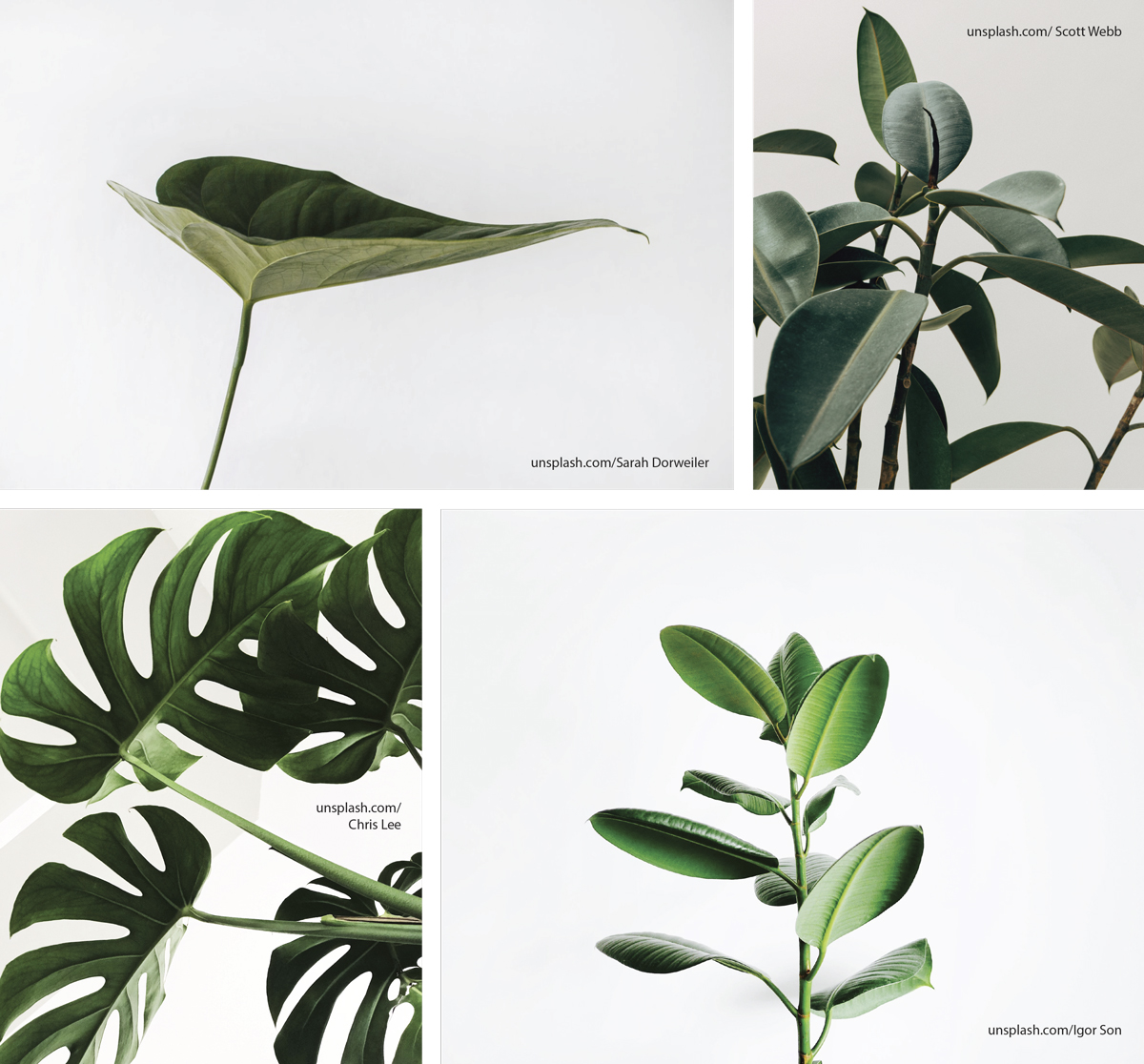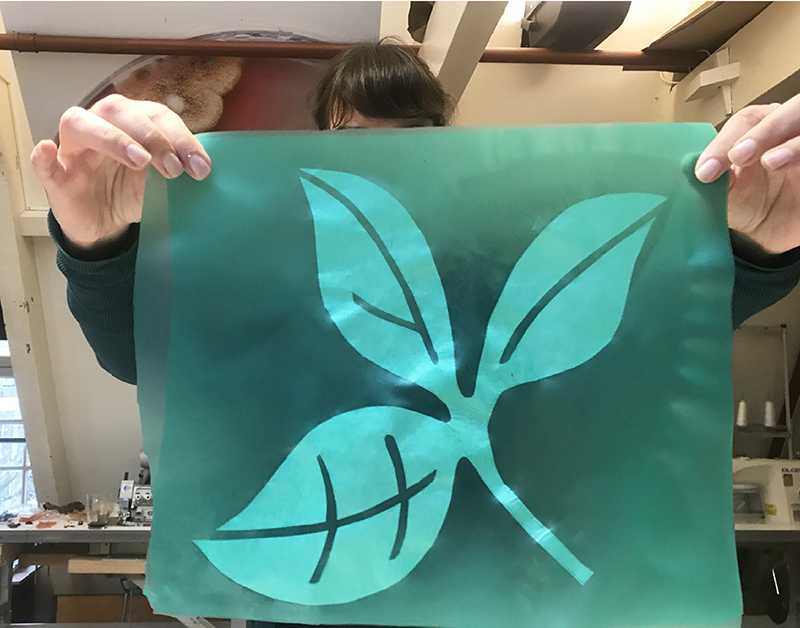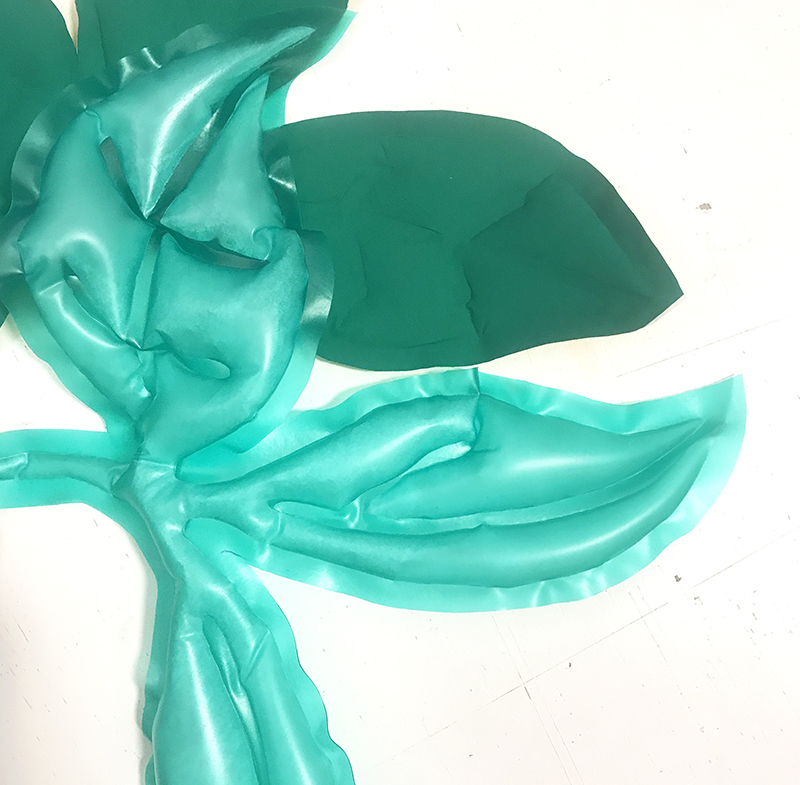12. Soft Robotics¶
Global lecture by Dr. Lily Chambers from Hochschule Rhein-Waal, and Adriana Cabrera from Fab Lab Kamp-Lintfort.
Assignment¶
- Document the concept, sketches and references.
- Make a soft robotic sample, develop the pattern for the Inflatable and draw a sketch of the air flow.
- Build a pneumatic wrist brace (basic level) or thermovynil sample.
- Experiment with different materials.
- Upload a small video of your inflatable working.
Research¶
Geometry from Nature¶
Natures as the ability to create such complex systems and function, and at the same time, present us with a marvellous aesthetic that appears very simple. One of this example is the growing and shrinking of plants. The venation of the leaf allows the distribution of strength and nutrients but also helps it to be light and flexible as it grows, as the air blows or the rainwater presses its form. By observing the venation of leaves we can study the valley and mountain bend, special when they fall over and start drying and shrinking. This project represents a small observation of how using the venation paths in soft robotics, the air circulates more organically, moving and 'breathing' in curves, instead of clear rectiline structures.
Leaf Tip Curl¶
The way leaves bend or curl can represent a reaction of the plant. The shape of the leaf acts as a living container, changing and adapting, as it needs more or less water, light, fresh air or nutrients, or even as in case of disease.
'When leaves curl or 'cup' at the tips and the margins, the plant is trying to retain moisture. Any form of downwards curling usually indicates overwatering or overfeeding.' Alex in GrowWell - Leaf Tip Curl Down

From Kerner & Oliver. The natural history of plants. Gresham. London. 1904, retrived from Frederick B. Essig, Botany Professor
As can be observed on the picture above, leaves venation can form different patterns e.g.: Reticulate (1), Parallel (3), Pinnate (7), Plamate (12), Arcuate (13).
Inspirations¶
 Leaves Venation, Carolina Delgado
Leaves Venation, Carolina Delgado
Process¶
 Basic Instructions to make a Inflatable, Adriana Cabrera
Basic Instructions to make a Inflatable, Adriana Cabrera
Following the instructions of Adriana Cabrera, I made a first test of a Leaf venation for pumping the air. The test worked but was quite simple and small.

First leaf studie and layers for the termo vinyl sandwish", Carolina Delgado

Drafting the second test, Carolina Delgado

TPU sandwich after heated together, Carolina Delgado
 TPU venation inflated, Carolina Delgado
TPU venation inflated, Carolina Delgado
The TPU test did not curl as mutch as the thermo vynil leaf.
Therefore, I made a new one. For this last one I chose the leaftovers of two Thermo vynil and created a more complex 'pipe' system. Draft in Adobe Illustrator and using the Menu > Object > Path > Offset path, to create the outer lines.
 New 'pipe system, Carolina Delgado
New 'pipe system, Carolina Delgado
Results¶
Biomimicry in Soft Robotic - Leaf sample, Carolina Delgado
Inflating test with the green TPU, Carolina Delgado
Inflating test in Termo Vinyl, Carolina Delgado
Biomimicry in Soft Robotic - Leaves in Termo Vinyl, Carolina Delgado
References¶
Youtube
Soft Robotics Gripper Tutorial Video, STEM Soft Robotics
PneuFlex actuator step-by-step production tutorial, RBO TU Berlin